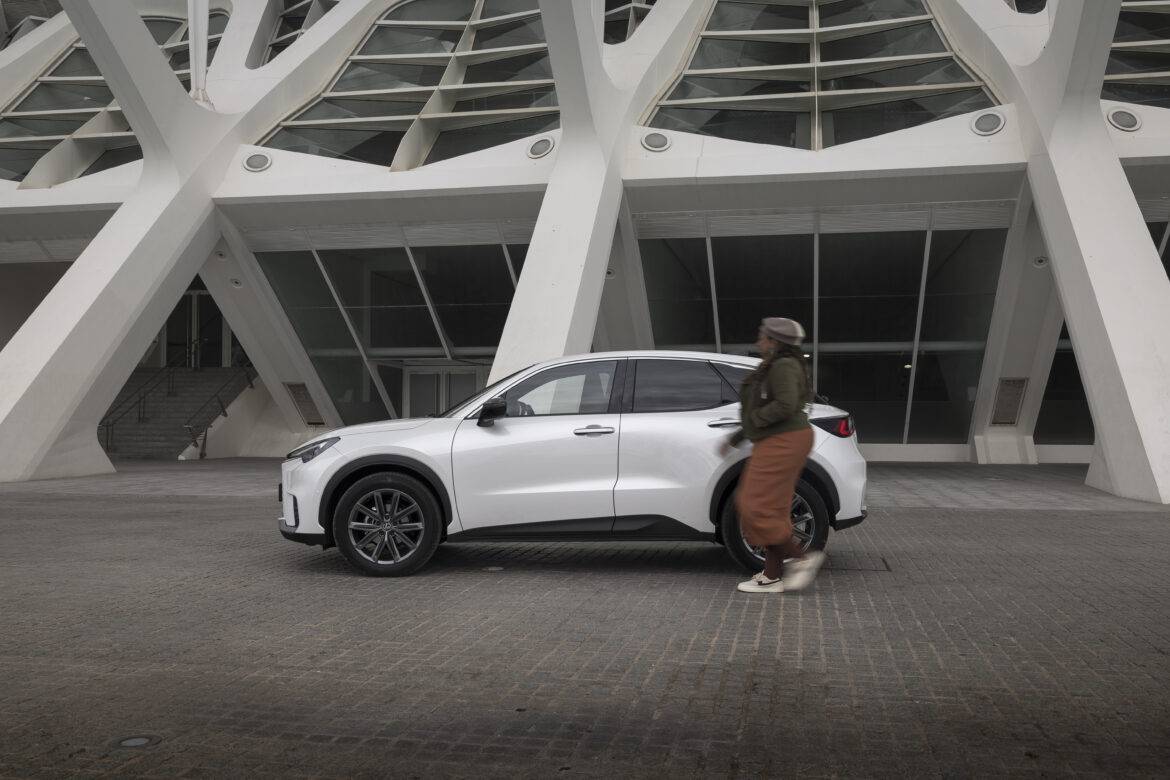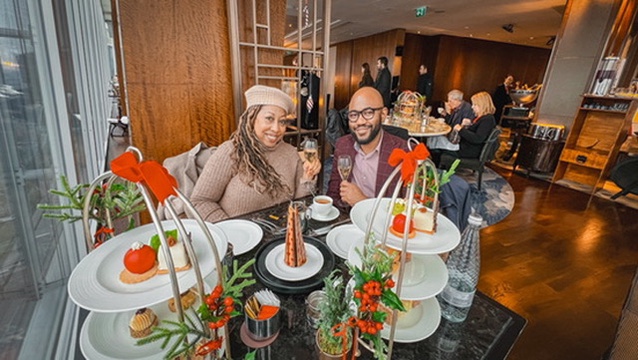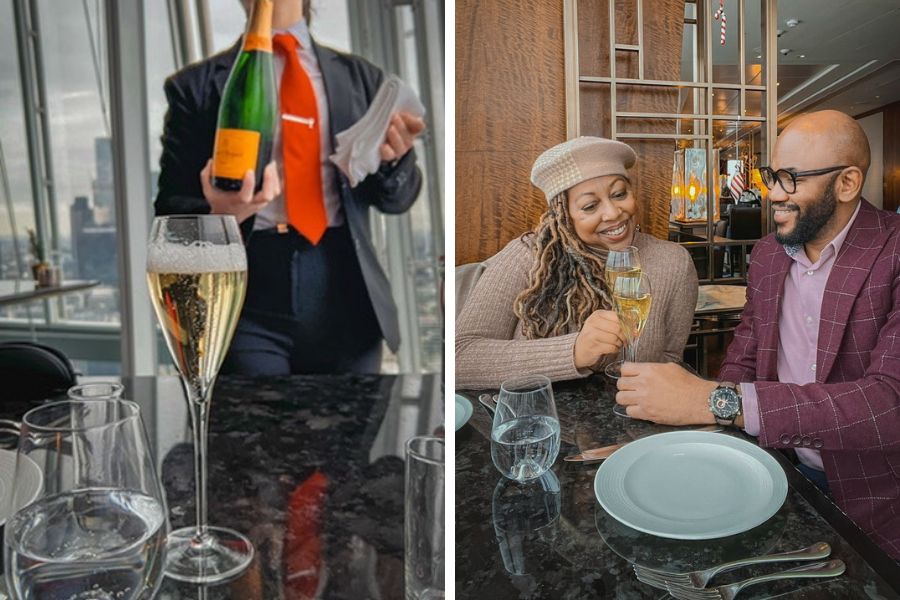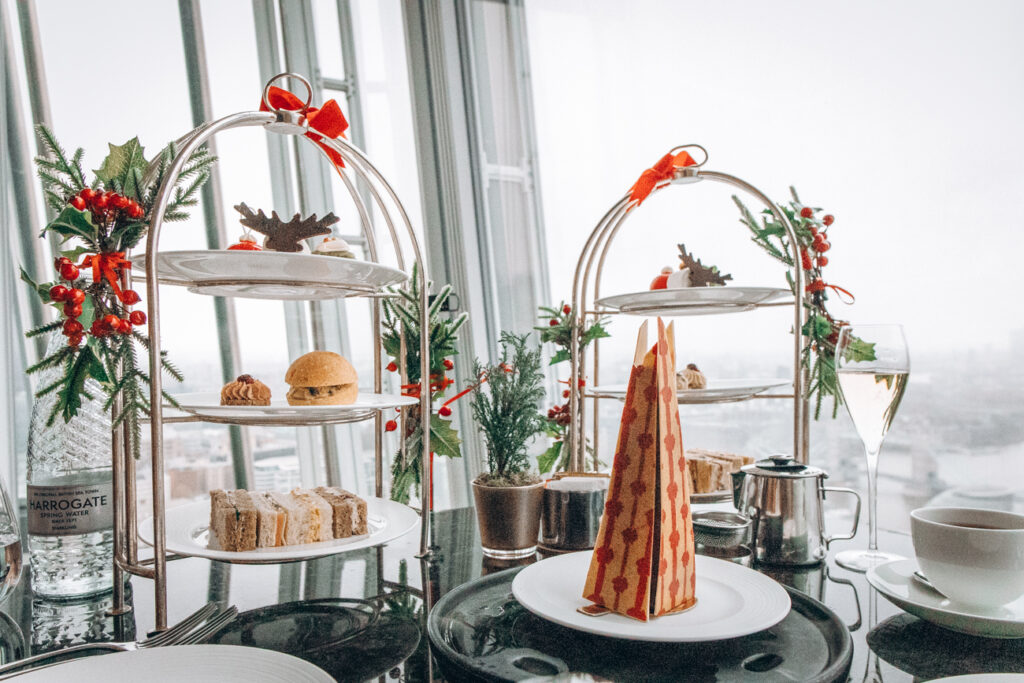Embark on a candid journey with Eulanda Shead Osagiede, House of Coco travel and food culture writer, as she experiences the international launch of the new Lexus LBX Crossover Hybrid.
After multiple visits to Valencia over the years, I can enthusiastically declare it as one of those cities that effortlessly beckons you to return. Whether traversing its old-meets-new architecture, savouring its delectable cuisine, or immersing yourself in the vibrant cultural tapestry weaving together centuries of history with contemporary charm.
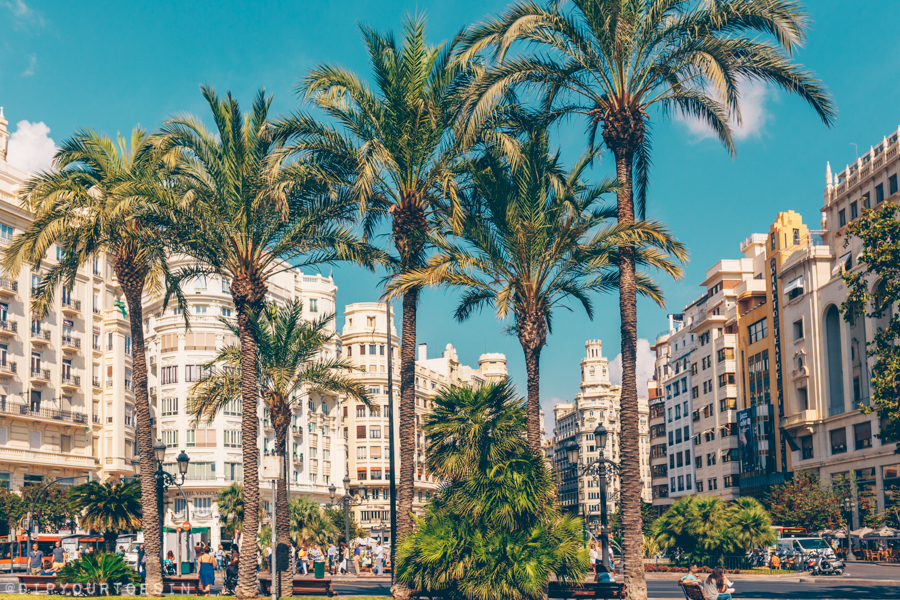
Upon receiving an invitation to test drive the new Lexus LBX Crossover Hybrid in Valencia as part of an international launch event, my response was an easy yes—especially if the experience included two things I love: the chance to savour heaping spoonfuls of paella in its birthplace and the joy of test driving a new luxury EV.
First Impressions
My initial encounter with the new Lexus LBX Crossover Hybrid came a day before hitting the road for a test drive. During a sit-down event, Lexus representatives introduced the LBX as a premium casual vehicle with luxury craftsmanship.
The self-charging hybrid vehicle is the smallest in their fleet and offers interior options spanning sixty-four colours, and for enthusiasts of premium sound, higher-grade models feature acoustic glass.
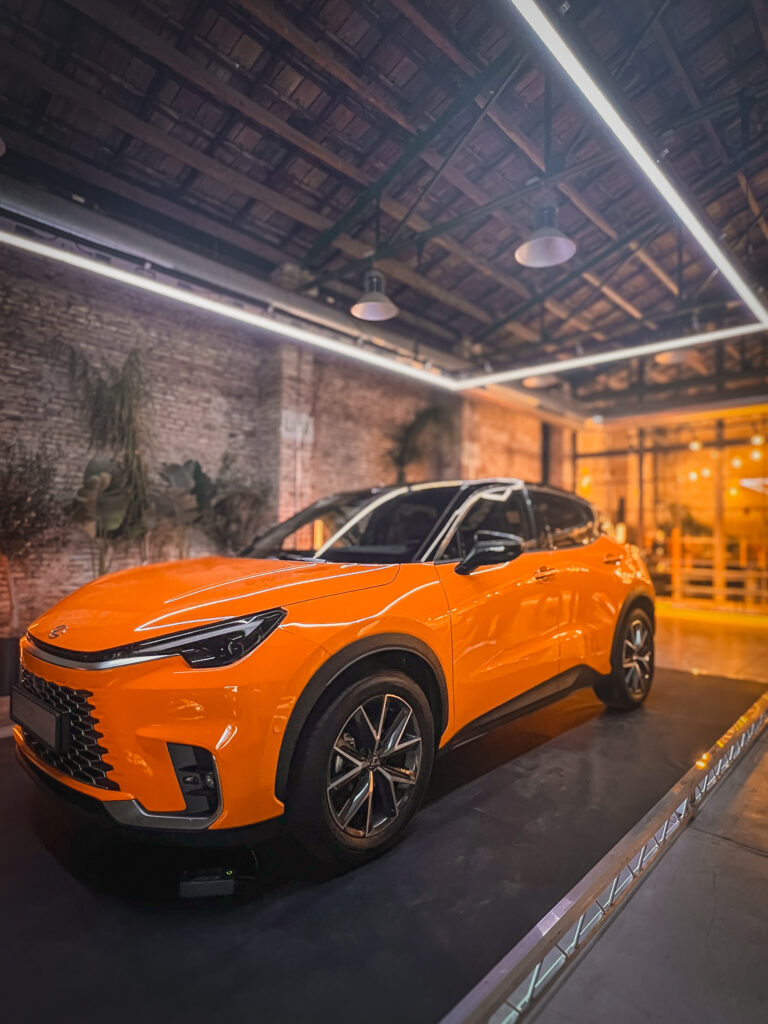
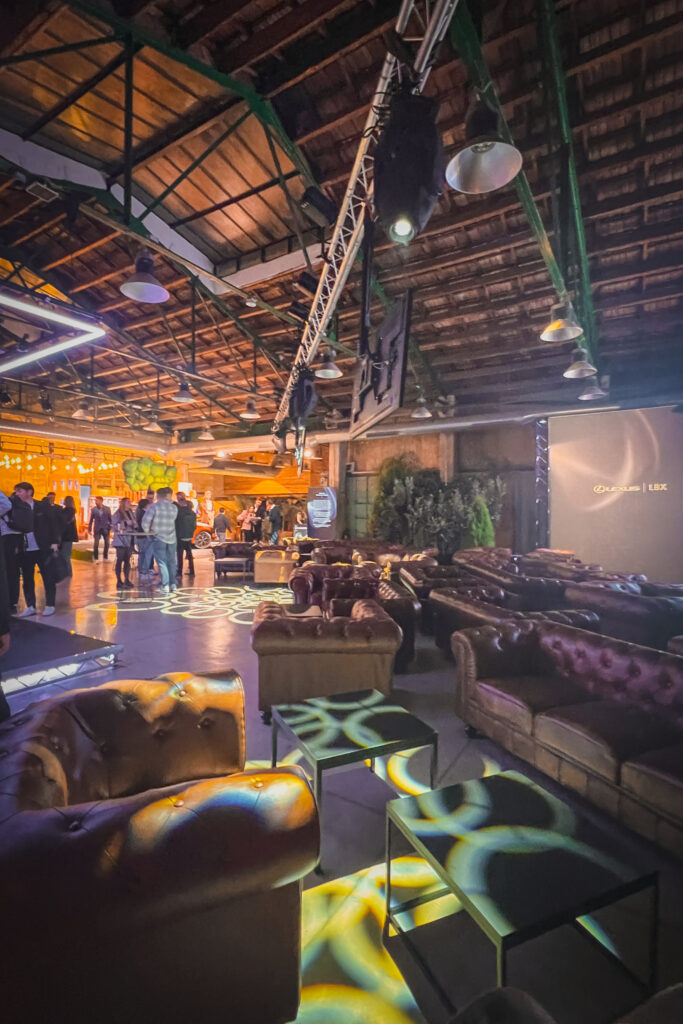
The LBX is the second model in the Lexus vehicle lineup to utilise the sophisticated, new bipolar NiMH battery—crafted to be a lighter weight, higher output resource for powering the car. I was particularly curious to experience the ‘Dynamic Radar Cruise Control’ and ‘lane assist.’
After perusing the floor model of the LBX and getting a feel for its exterior and interior design highlights, I joined my colleagues for a night of Valencian tapas and my coveted paella. It was undoubtedly the best way to fuel myself for the next day’s road trip.
City Centre Style Meets Nimble Responsiveness
The next morning, as I navigated Valencia’s bustling city centre, I marvelled at how the LBX seamlessly blended its sleek design with the historical-meets-contemporary rhythm of the city. Its agility and responsiveness were exactly what one would expect from a luxury car.

The lower hip point of the seat position makes for a sedan-like driving experience without compromising the external viewpoint for the driver. The interior console was prominent but not overwhelming; it flowed well with the other interior features of the car, and it’s smartphone integration process was fairly seamless.


As someone who has experienced the nuances of driving EVs from brands like Hyundai, Toyota, and Tesla, I’ve always found the initial process of training regenerative braking features to understand how I drive, and deploy brakes quite touch and go.
However, while navigating out of the city centre through rush hour traffic, I found that the regenerative braking in the LBX adapts to the driver very quickly. Rarely did I have any moments of frustration or surprise at its responsiveness.
Rural Explorations in a Sanctuary on Wheels
Leaving behind urban buzz, the LBX embraced rural farming areas with ease. I found myself navigating mountainous switchbacks and flat stretches of road with a serene calmness.
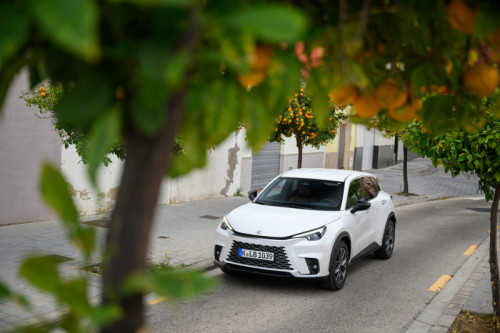
I’m not sure if this was due to the nimble driving experience, the fresh yet tranquil interior, or being surrounded by hectare after hectare of orange farms. I believe it may have been a unique combination of all features, as it was one of the most relaxing drives I’d undertaken in the last year.
Coastal Highways: The Open Road Experience
Venturing onto the coastal freeways, the efficiency of the LBX petrol engine and electric motor shone—delivering a sense of freedom on the open road. This stretch of freeway also provided the opportunity to better experience the ‘Dynamic Radar Cruise Control’ (DRCC), which Lexus says, “provides a wide range of inter-vehicle distance settings, so the driver can tailor performance to their personal preference.”
I observed that DRCC utilised overtaking prevention, a feature designed to help the vehicle maintain a regulated speed, preventing it from overtaking a slower vehicle on the incorrect side on a multi-lane road.

However, when pushed to higher speeds along the coast, the light, yet persistant presence of road noise challenged the tranquillity of the experience.
This prompted me to contemplate the balance between luxury and accessibility. Road noise and luxury vehicles don’t pair well. Could the LBX truly carve a niche by offering an open-road experience within the realm of accessible luxury?
Accessible Luxury in a Crowded Market
Having embarked on various multi-day road trips in electric vehicles, I understand the varying needs of tourists seeking exploration by road. In the accessible luxury marketplace—where premium features meet functionality—the LBX stands at a crossroads.

With a starting price point of £29,995 for the Urban model and topping out at £40,545 for the all-wheel-drive Takumi model, the LBX gives itself a strong competitive edge with consumers looking for a luxury vehicle within this price range.
However, its potential to redefine the segment lies not just in its sleek design and hybrid efficiency but in addressing the nuanced needs of road travellers, including the impact of road noise on the overall experience.
Does the New LBX Redefine Accessible Luxury?
In concluding my exploration of Valencia with the Lexus LBX Crossover Hybrid, it’s evident that this vehicle has the potential to redefine accessible luxury.
Skilfully balancing style, sustainability, and comfort, the LBX emerges as a robust option for those entering the Lexus ecosystem. Additionally, it proves to be a viable choice for current Lexus owners seeking a downsized, yet sophisticated, vehicle.
The LBX prompts consideration of how its nuanced features, including the bipolar battery, nimble driving capabilities, and luxury customisation options, could set it apart in a crowded market. Tailored to meet the discerning needs of urban and rural driving enthusiasts, the LBX stands as a practical yet stylish solution for those in search of accessible luxury on their journeys.

